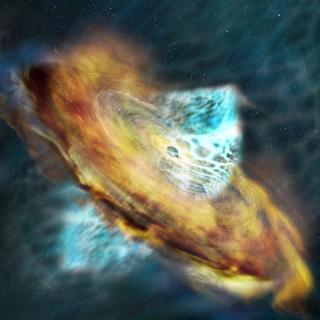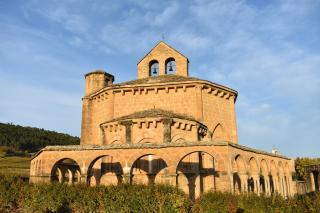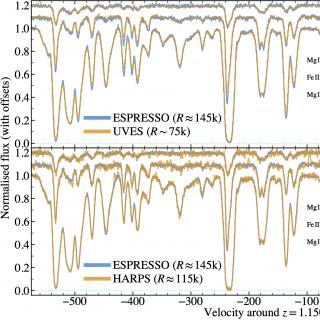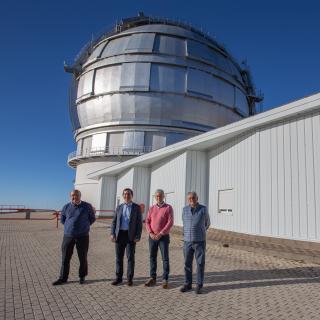
An international research, in which a team from the Instituto de Astrofísica de Canarias (IAC) has participated, has provided new evidence for an enigmatic outburst from a galaxy 216 million light-years away, proposing a new interpretation based on a spontaneous flip of the magnetic field surrounding its central black hole. The study has used joint data from different satellites and telescopes, including the Telescopio Nazionale Galileo (TNG) and the Gran Telescopio Canarias (GTC), both located at the Roque de los Muchachos Observatory (Garafía, La Palma). The results will be published in
Advertised on




